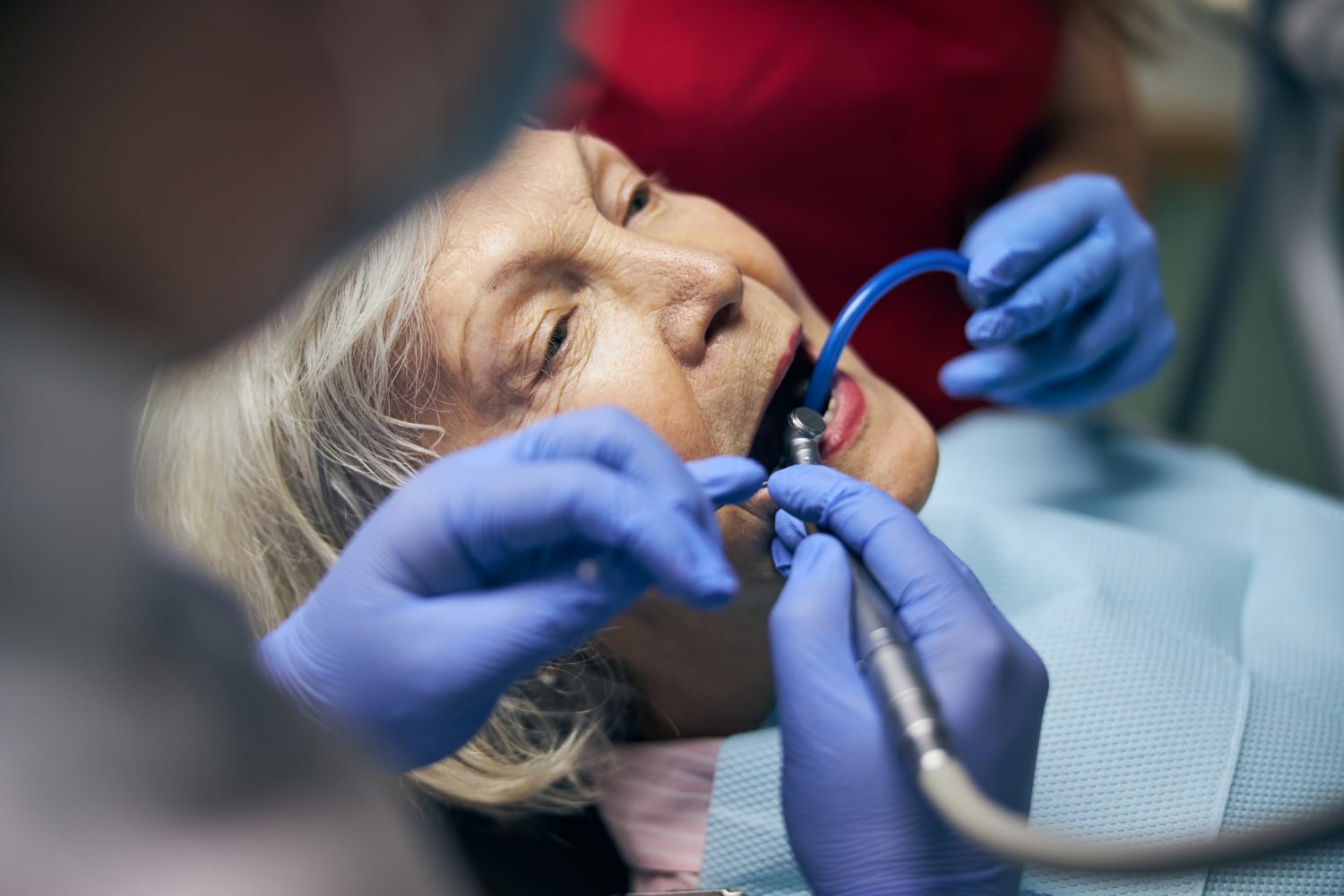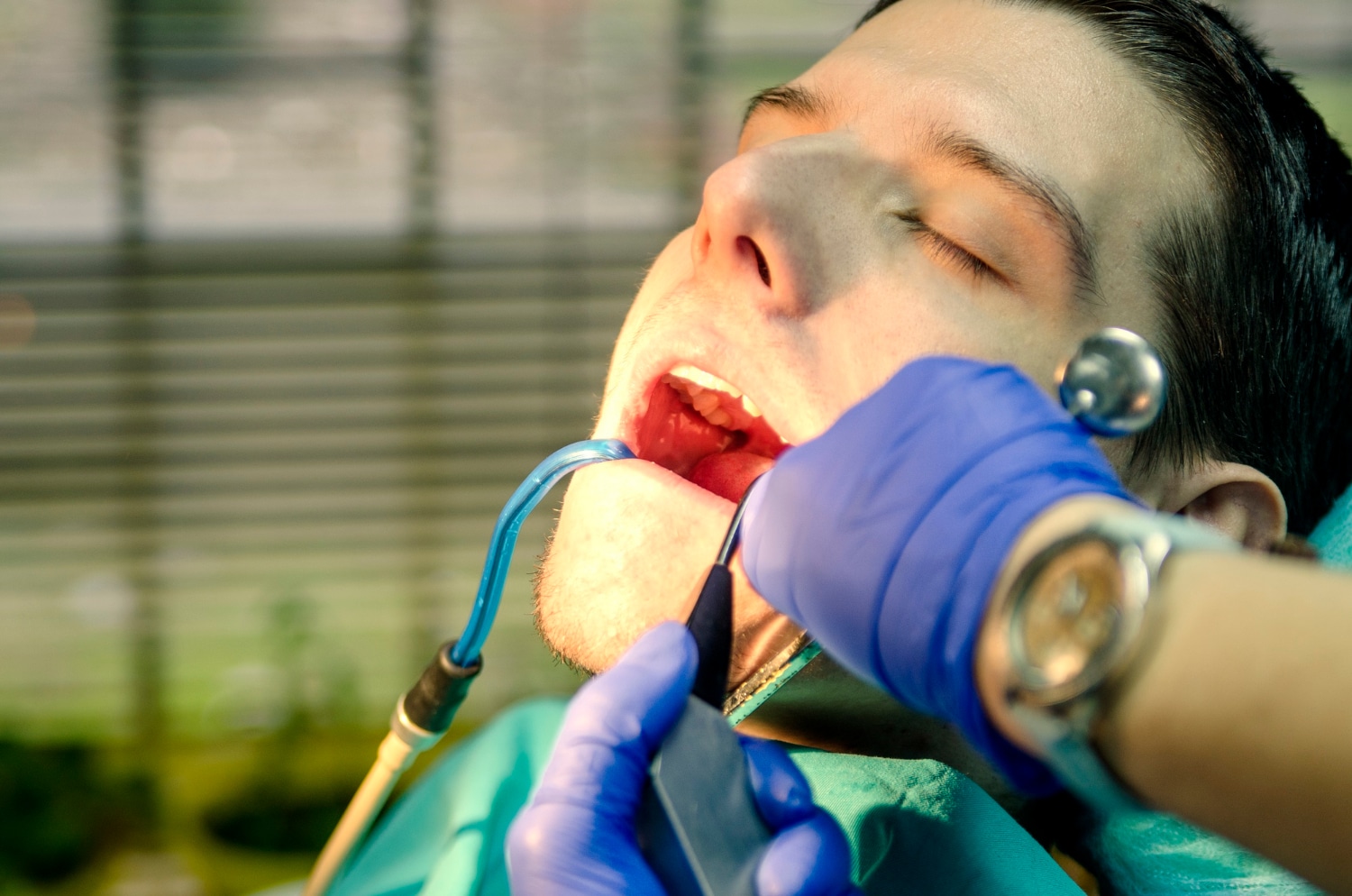Missing teeth can be a big problem for many people. They can make eating and speaking difficult and can even affect your self-esteem. Fortunately, dental bridges offer a great solution to fill in the gaps and restore your smile. A dental bridge not only helps you chew better but also improves the look of your mouth.
Dental bridges involve placing a false tooth, or teeth, in the empty space, held in place by the neighbouring teeth. They act like real teeth, so you can eat, talk, and smile with confidence. There are various types of dental bridges to suit different needs and preferences. Knowing more about them can help you choose the best one for your situation.
In this article, we will discuss what dental bridges are, the different types available, the benefits they offer, and the process of getting one. Understanding these aspects can help you make an informed decision about your dental health.
So, let’s explore how dental bridges can be the best option for missing teeth.
What Are Dental Bridges?
Dental bridges are a common way to replace one or more missing teeth. They consist of false teeth, known as pontics, that fill in the gap left by missing teeth. These pontics are supported by the neighbouring teeth, which are called abutments. The abutments can be natural teeth or dental implants, making the bridge both sturdy and effective.
A dental bridge helps restore your ability to chew and speak properly. When you lose a tooth, the surrounding teeth can shift out of place, leading to bite problems. A bridge prevents this shifting, keeping your teeth aligned correctly. It also distributes the forces in your bite evenly, reducing the risk of damage to your other teeth.
Dental bridges also improve the appearance of your smile. Missing teeth can cause your face to sag, making you look older. A bridge fills in the gaps, giving you a full, healthy smile that enhances your overall look.
Types of Dental Bridges
There are several types of dental bridges, each designed to meet different needs. Here are the most common types:
1. Traditional Bridges: These are the most common type. They involve creating a crown for the tooth or implant on either side of the missing tooth. A false tooth is then placed in between these crowns. Traditional bridges are strong and can be used to replace a missing molar.
2. Cantilever Bridges: These are used when there are teeth on only one side of the gap. A cantilever bridge is anchored to a single abutment tooth. This type is less common and is not recommended for areas that receive a lot of stress, like the back of the mouth.
3. Maryland Bridges: Also known as resin-bonded bridges, these use a metal or porcelain framework to support the false tooth. The framework is bonded to the back of the adjacent teeth. Maryland bridges are typically used for front teeth due to their more conservative approach in preserving natural tooth structure.
4. Implant-Supported Bridges: These bridges are supported by dental implants rather than the surrounding natural teeth. This type is often used when more than one tooth is missing. Implant-supported bridges provide a very stable and strong solution.
Choosing the right type of bridge depends on various factors, including the location of the missing tooth, the health of the surrounding teeth, and your overall oral health. Consulting with your dentist will help determine the best option for your specific needs.
Benefits of Dental Bridges
Dental bridges come with many benefits that make them an excellent choice for replacing missing teeth. Here are some of the key advantages:
1. Improved Appearance: One of the most noticeable benefits is the improvement in your smile. Filling in gaps restores your natural look and helps boost your confidence.
2. Better Functionality: Bridges help you chew and speak more effectively. Missing teeth can make it hard to eat certain foods or pronounce words clearly. A bridge solves these problems, making daily activities easier.
3. Prevents Shifting: When you have a gap from a missing tooth, the neighbouring teeth might start to shift towards the empty space. This can lead to bite problems and makes your remaining teeth more vulnerable to damage. A bridge keeps your teeth in their proper position.
4. Maintains Face Shape: Missing teeth can cause your jawbone to weaken and your face to sag. A bridge helps maintain the shape of your face, making you look younger.
5. Long-Lasting Solution: While bridges may eventually need replacement, they are durable and can last many years with proper care. This long-lasting nature makes them a worthwhile investment in your dental health.
The Process of Getting a Dental Bridge
The process of getting a dental bridge is straightforward but takes a few steps to complete. Here’s what to expect:
1. Initial Consultation: The first step involves a visit to the dentist to evaluate the gap and discuss the best type of bridge for your needs. This might include X-rays and impressions of your teeth.
2. Teeth Preparation: If you are getting a traditional bridge, the abutment teeth will need to be prepared. This involves removing a small portion of enamel to make room for the crowns that will hold the bridge in place. For an implant-supported bridge, dental implants will need to be surgically placed in the jawbone.
3. Temporary Bridge: While waiting for the permanent bridge to be made, a temporary bridge will be placed to protect the exposed teeth and gums. This allows you to function normally during the waiting period.
4. Fitting the Permanent Bridge: Once the custom-made bridge is ready, you’ll return to the dentist to have it fitted. The dentist will check the fit and make any necessary adjustments before permanently cementing the bridge in place. For implant-supported bridges, a few additional visits might be needed for fitting.
5. Follow-Up Care: After the bridge is placed, you’ll need a follow-up appointment to ensure everything is fitting well and you are comfortable. The dentist will provide instructions on how to care for your bridge to ensure it lasts as long as possible.
Final Thoughts
Dental bridges offer a solid and reliable solution for anyone dealing with the inconvenience and discomfort of missing teeth. They help improve your appearance, restore functionality, and maintain the alignment of your remaining teeth. By understanding the benefits and the straightforward process of getting a dental bridge, you can take confident steps towards restoring your smile and enjoying a better quality of life.
At Pickering Dental Services, we are committed to helping you achieve a healthy and beautiful smile. If you’re missing teeth and thinking about getting a dental bridge, we’re here to help. Contact Pickering Dental Services today to book your consultation and let us help you find the best solution for your dental needs.


